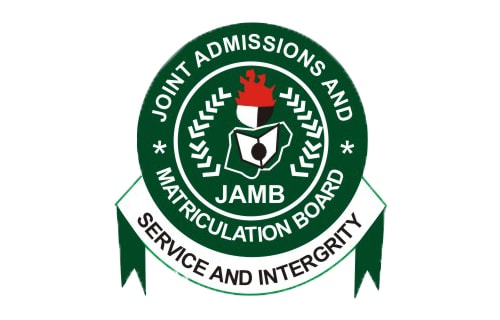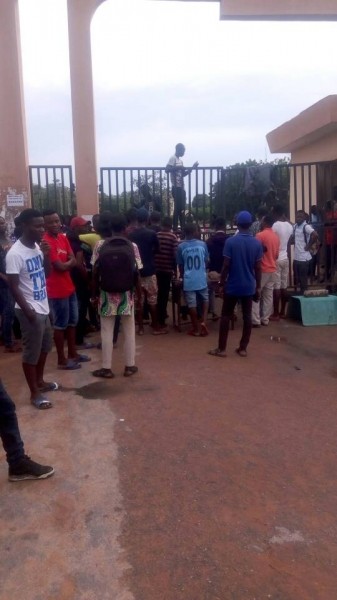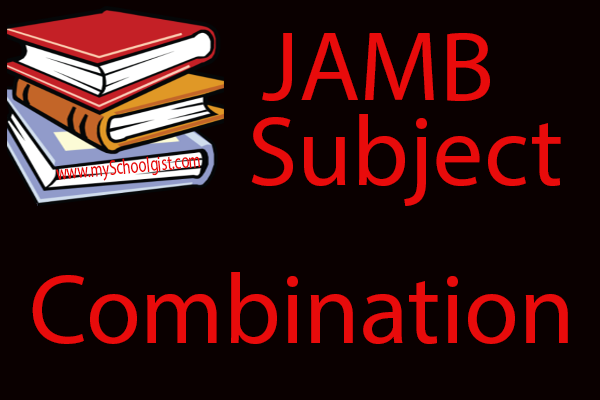
The current official Mathematics JAMB Syllabus for UTME candidates is now available. The JAMB syllabus contains all the topics UTME candidates writing the JAMB CBT exam are expected to cover before the examination to ensure they are adequately prepared for the examination.
If you have been looking to get the JAMB Syllabus online, look no further. We understand that JAMB usually provide this syllabus for candidates in a CD. However, we have discovered that many candidates are unable to access to access this due to one reason or the other.
We have therefore decided to make it easier for you by making it available online so you can view it using any device that can access internet including your mobile phones.
Here we have provided you the detailed, complete and current JAMB Syllabus for Mathematics. To view the JAMB Syllabus for all subjects, go to: Official JAMB Syllabus For All Subjects
Current JAMB Syllabus – Mathematics
The aim of this 2016/2017 Unified Tertiary Matriculation Examination (UTME) syllabus in Mathematics is to prepare the candidates for the Board’s examination. It is designed to test the achievement of the course objectives, which are to:
(1) acquire computational and manipulative skills;
(2) develop precise, logical and formal reasoning skills;
(3) develop deductive skills in interpretation of graphs, diagrams and data;
(4) apply mathematical concepts to resolve issues in daily living.
This syllabus is divided into five sections:
I. Number and Numeration.
II. Algebra
III. Geometry/Trigonometry.
IV. Calculus
V. Statistics
Current JAMB Syllabus – Mathematics: DETAILED SYLLABUS
| TOPICS/CONTENTS/NOTES | OBJECTIVES |
SECTION I: NUMBER AND NUMERATION | |
1. Number bases:(a) operations in different number bases from 2 to 10; | Candidates should be able to: i. perform four basic operations (x,+,-,÷) |
2. Fractions, Decimals, Approximations and Percentages:(a) fractions and decimals; | Candidates should be able to: i. perform basic operations |
3. Indices, Logarithms and Surds:(a) laws of indices; | Candidates should be able to: i. apply the laws of indices in calculation; |
4. Sets:(a) types of sets | Candidates should be able to: i. identify types of sets, i.e empty, universal, complements, subsets, finite, infinite and disjoint sets; |
SECTION II: ALGEBRA. | |
1. Polynomials:(a) change of subject of formula | Candidates should be able to: i. find the subject of the formula of a given equation; |
2. Variation:(a) direct | Candidates should be able to: i. solve problems involving direct, inverse, joint and partial variations; |
3. Inequalities:(a) analytical and graphical solutions of linear inequalities; | Candidates should be able to: i. solve problems on linear and quadratic |
4. Progression:(a) nth term of a progression | Candidates should be able to: i. determine the nth term of a progression; |
5. Binary Operations:(a) properties of closure, commutativity, associativity and distributivity; | Candidates should be able to: i. solve problems involving closure, commutativity, associativity and distributivity; |
6. Matrices and Determinants:(a) algebra of matrices not exceeding 3 x 3; | Candidates should be able to: i. perform basic operations (x,+,-,÷) on matrices; |
SECTION III: GEOMETRY AND TRIGONOMETRY | |
1. Euclidean Geometry:(a) Properties of angles and lines | Candidates should be able to: i. identify various types of lines and angles; |
2. Mensuration:(a) lengths and areas of plane geometrical figures; | Candidates should be able to: i. calculate the perimeters and areas of triangles, quadrilaterals, circles and composite figures; |
3. Loci:locus in 2 dimensions based on geometric | Candidates should be able to: identify and interpret loci relating to parallel lines, perpendicular bisectors, angle bisectors and circles. |
4. Coordinate Geometry:(a) midpoint and gradient of a line segment; | Candidates should be able to: i. determine the midpoint and gradient of a line segment; |
5.Trigonometry:(a) trigonometrical ratios of angels; | Candidates should be able to: i. calculate the sine, cosine and tangent of angles between – 360° ≤≤ θθ ≤≤ 360°; ii. apply these special angles, e.g. 30°, 45°, 60°, 75°, 90°, 105°, 135° to solve simple problems in trigonometry; iii. solve problems involving angles of elevation and depression; iv. solve problems involving bearings; v. apply trigonometric formulae to find areas of triangles; vi. solve problems involving sine and cosine graphs. |
SECTION IV: CALCULUS | |
I. Differentiation:(a) limit of a function | Candidates should be able to: i. find the limit of a function |
2. Application of differentiation:(a) rate of change; | Candidates should be able to: solve problems involving applications of rate of change, maxima and minima. |
3. Integration:(a) integration of explicit | Candidates should be able to: i. solve problems of integration involving algebraic and simple trigonometric functions; |
SECTION V: STATISTICS | |
1. Representation of data:(a) frequency distribution; | Candidates should be able to: i. identify and interpret frequency distribution tables; |
2. Measures of Location:(a) mean, mode and median of ungrouped and grouped data – (simple cases only); | Candidates should be able to: i. calculate the mean, mode and median of ungrouped and grouped data (simple cases only); |
3. Measures of Dispersion:range, mean deviation, variance and standard deviation. | Candidates should be able to: calculate the range, mean deviation, variance and standard deviation of ungrouped and grouped data. |
4. Permutation and Combination:(a) Linear and circular arrangements; | Candidates should be able to: solve simple problems involving permutation and combination. |
5. Probability:(a) experimental probability (tossing of coin, | Candidates should be able to: solve simple problems in probability (including addition and multiplication). |
Current JAMB Syllabus – Mathematics: RECOMMENDED TEXTBOOKS
Adelodun A. A (2000) Distinction in Mathematics: Comprehensive Revision Text, (3rd Edition) Ado -Ekiti: FNPL.
Anyebe, J. A. B (1998) Basic Mathematics for Senior Secondary Schools and Remedial Students in Higher/ institutions, Lagos: Kenny Moore.
Channon, J. B. Smith, A. M (2001) New General Mathematics for West Africa SSS 1 to 3, Lagos: Longman.
David -Osuagwu, M. et al (2000) New School Mathematics for Senior Secondary Schools, Onitsha: Africana – FIRST Publishers.
Egbe. E et al (2000) Further Mathematics, Onitsha: Africana – FIRST Publishers
Ibude, S. O. et al (2003) Agebra and Calculus for Schools and Colleges: LINCEL Publishers.
Tuttuh – Adegun M. R. et al (1997), Further Mathematics Project Books 1 to 3, Ibadan: NPS Educational
Wisdomline Pass at Once JAMB.




